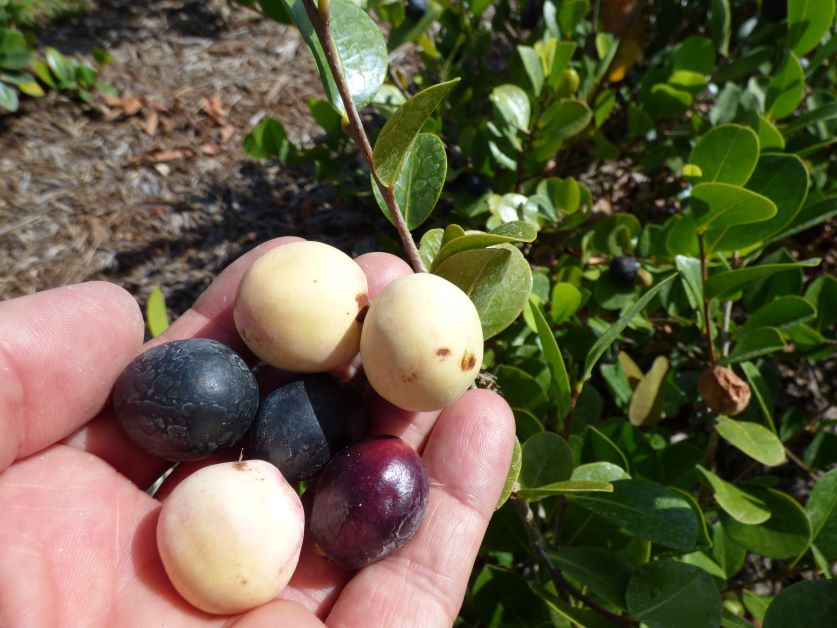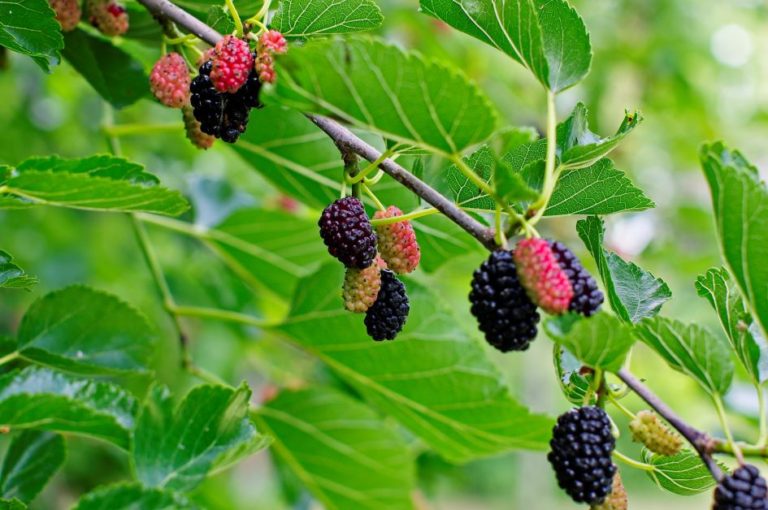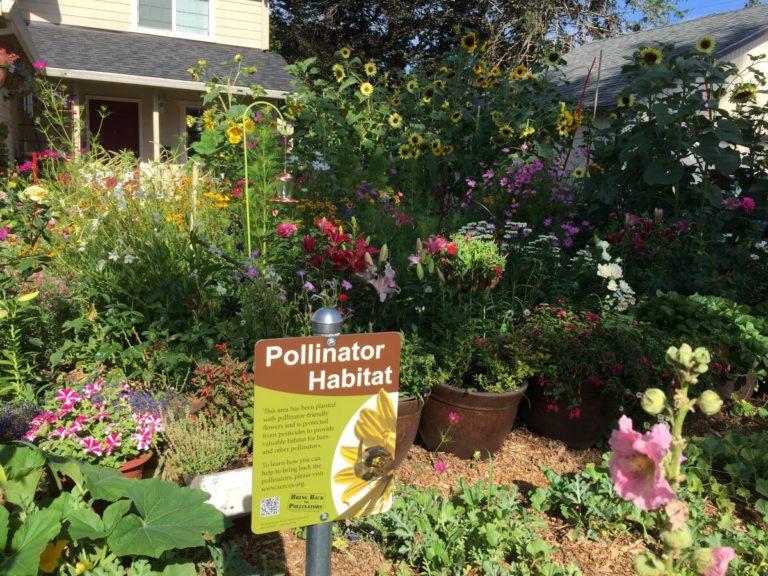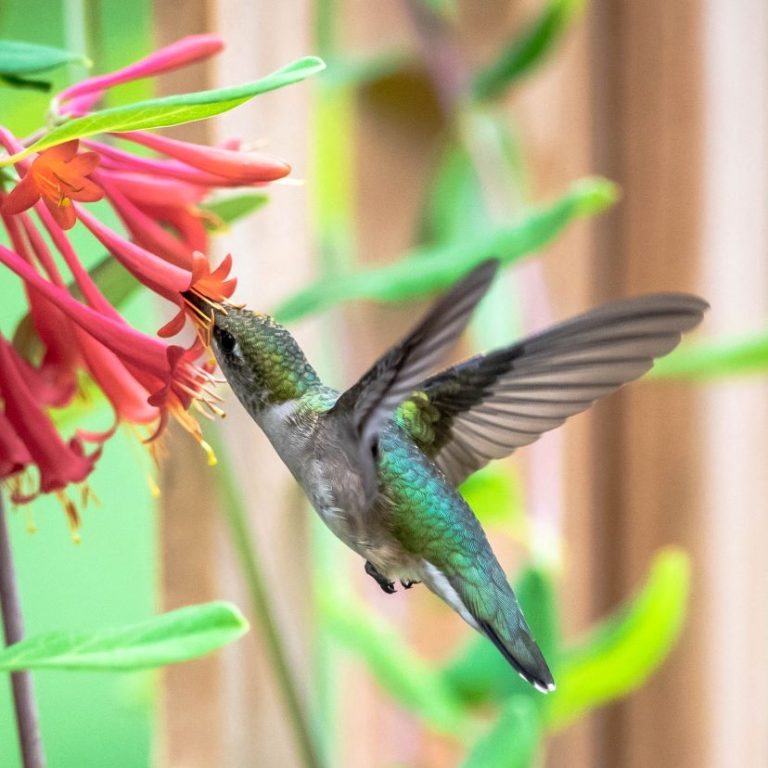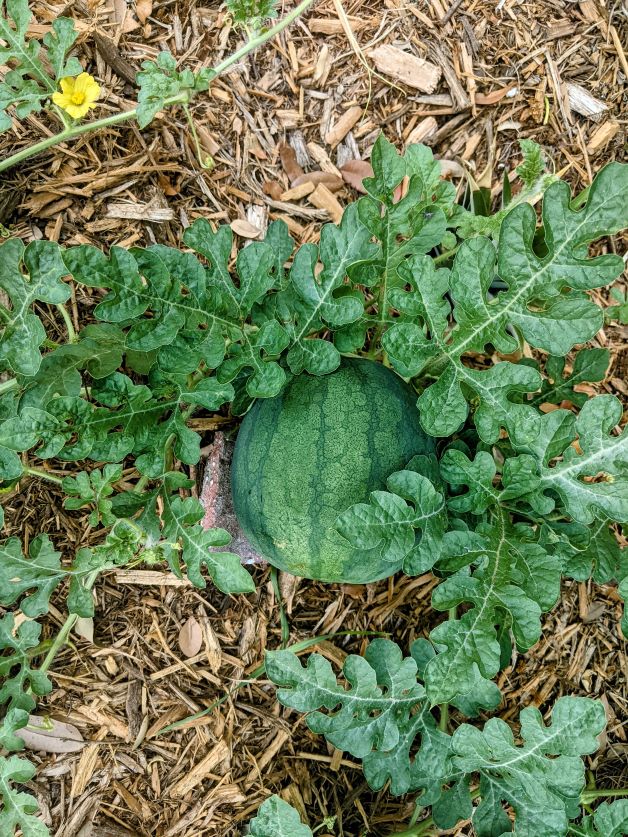Cocoplum Growing Guide
What is Cocoplum?
Also known as Icaco and fat pork, cocoplum (Chrysobalanus) is a popular landscape plant in tropical regions such as Florida, Latin America, and Southeast Asia. Cocoplum is a versatile plant that can be grown as a hedge, windbreak, groundcover, or tree depending on variety and pruning. It also produces edible fruit.
There are 3 varieties of cocoplum: red-tipped, green-tipped, and horizontal. The main differences between red/green tipped and horizontal cocoplums are plant size, growth habit, and fruit color.
Cocoplum is attractive and shrubby with oval-shaped, thick, waxy-ish leaves. Most of the time, cocoplum leaves are green except for new growth on the red-tipped variety which, as you may have guessed, is a reddish color.
The cocoplum flowering season can be anytime from January to August, depending on how warm your climate is. Cocoplum flowers are understated, white-green, and grow in clusters. After they’re fertilized, the flowers form into fruit. Cocoplum fruiting season starts in April or May and lasts through the end of summer.
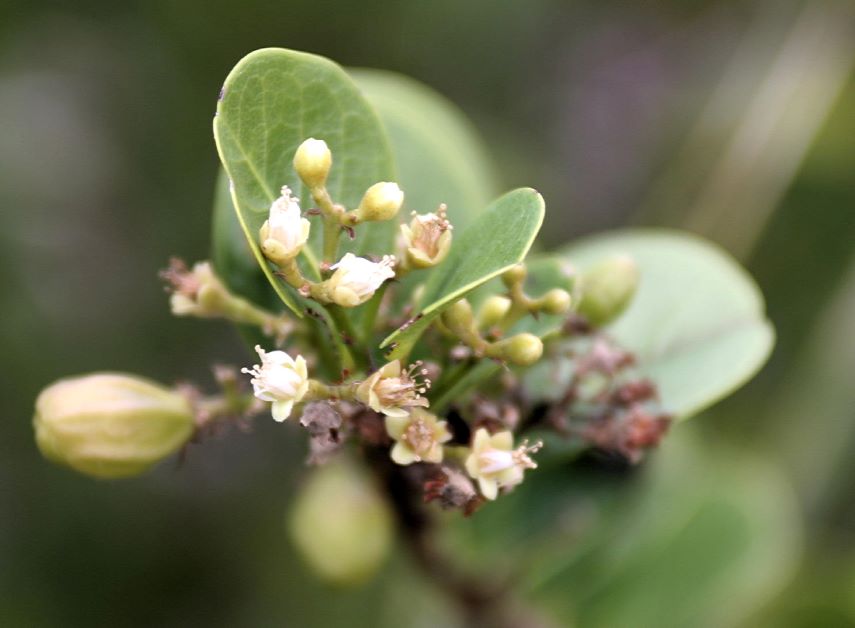
Cocoplum Fruit
Cocoplum fruit starts out green and gradually turns off white, light pink, or dark purple as it ripens. All colors (and parts) of cocoplum fruit are edible, but most say that the white type is the sweetest. Cocoplums don’t ripen after they’re picked, so be sure to leave them on the plant until they’re ready.
Even the sweetest cocoplums have a subtle flavor. What’s most impressive isn’t their sweetness but their unique, airy, almost cotton candy-like texture. Cocoplums are usually used in jams and jellies rather than eaten raw.
One of the most interesting things about cocoplum fruit is its edible pit. You can eat cocoplum pits raw but usually, they’re toasted. Toasted cocoplum pits taste a lot like almonds.
Is Cocoplum a Florida Native?
Yes! Cocoplum is native to Florida, Mexico, South and Central America, West and Central Africa, and the West Indies.
While you’ll find wild cocoplum in USDA zones 9B and below, it’s more common in South Florida due to cocoplums’ sensitivity to cold.
Types of Cocoplum
Red-Tipped Cocoplum
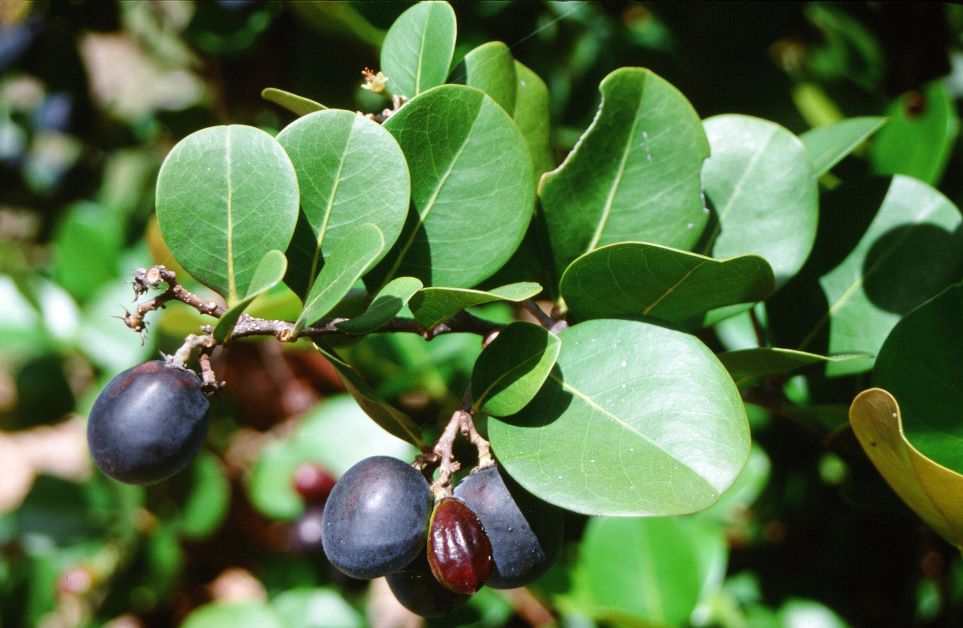
If you’re looking for wild red-tipped cocoplum in Florida, look to pinelands, scrubs, hammocks, and swamps. This bushy variety usually grows inland and caps out at 20 to 25 feet tall.
New growth on the red-tipped cocoplum comes out red, hence its name. Red tip cocoplum also produces dark purple fruit that most consider a bit bland. This variety is best for gardeners looking to add a hedge or tree to their landscape rather than one that provides tasty fruit.
Green-Tipped Cocoplum
Green-tipped cocoplum is essentially the same as red-tipped but lacks the red coloration on new growth. It also produces white or pinkish fruit that is a bit more flavorful than those produced by the red-tipped type.
Horizontal Cocoplum
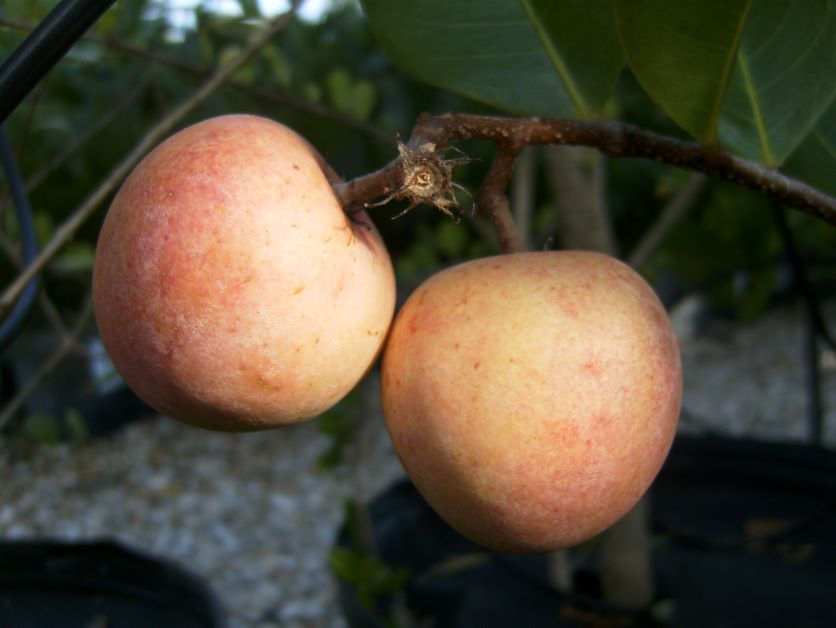
Horizontal cocoplum is the coastal variety and it grows low and sprawling. You’re most likely to find horizontal cocoplum in sand dunes, canals, and saltwater marshes. Unpruned horizontal cocoplum can grow 6 to 10 feet tall and 10 feet wide.
If you want to grow cocoplum for its edible fruit, then the horizontal variety is your best bet. Horizontal cocoplum’s white or pale pink fruit is known as the sweetest of the 3 varieties.
Cocoplum Growing Conditions
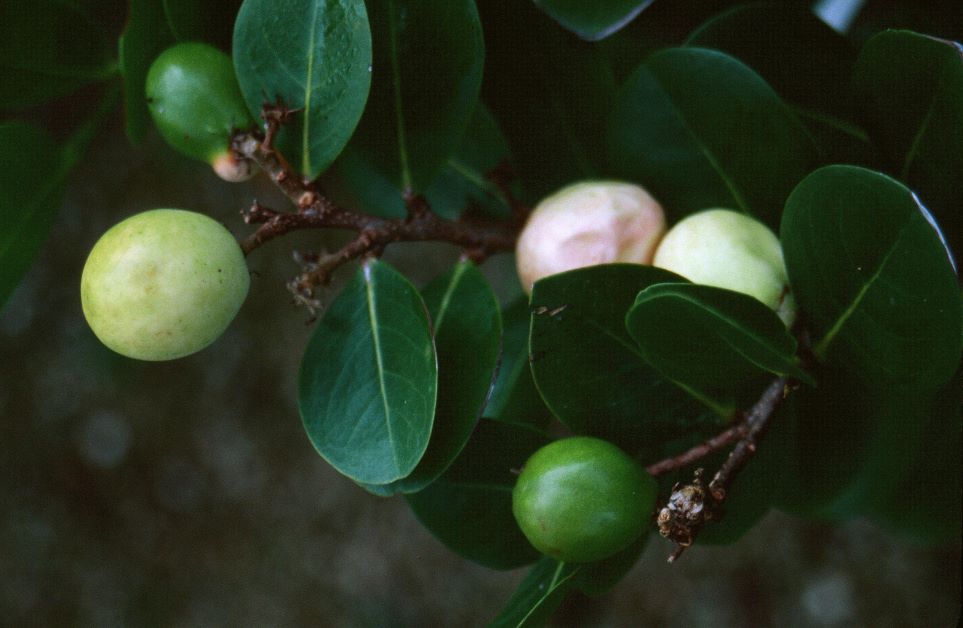
Temperature
Hardy to USDA zones 10A to 12, cocoplum is not tolerant of cold. Generally speaking, the older and bigger a cocoplum, the stronger it’ll be in the face of cold temperatures. If nighttime temperatures dip to 32F, your cocoplum will suffer. Prolonged freezing temperatures, though, will kill even a mature cocoplum.
It’s possible to grow cocoplum in zone 9B, but you’ll need to cover your plant with a frost blanket during cold snaps. Gardeners in 9B should also plant their cocoplum during the hotter part of the year (March through September). This gives your plant some time to harden off before winter.
Light
Cocoplum grows in full sun to part shade. Generally, the more sun cocoplum gets, the better.
Water
Mature cocoplum is moderately drought-tolerant and a good watering once a week is usually enough. Younger plants do need more water than established plants but take care to avoid overwatering. Too much water for a cocoplum is a surefire way to contract root rot.
Soil
Cocoplum is tolerant to a wide range of soils including sand, clay, loam, acidic, and alkaline. Ideally, cocoplum prefers to grow in sandy soil with a pH of 6.6 to 8.4.
Fertilizer
Feed young cocoplums all-purpose organic fertilizer a few times a year during the first 2 years of growth. Once the plant is established, though, it shouldn’t need fertilizing at all.
Salt and Wind Tolerance
Since horizontal cocoplum originates on the coast, it’s very salt and wind tolerant. Red and green tip cocoplum can also handle some salt and wind, but not as much as the horizontal variety.
Spacing
If you want to use cocoplum as a hedge or border plant, the red-tipped variety is best. Space your red tip cocoplum plants 36 to 50 inches apart and in about a year, you’ll have a 4-8 foot tall hedge.

Horizontal cocoplum grows best as groundcover since it’s short and squatty. Horizontal cocoplum should also be planted 36 to 50 inches apart and be given room to sprawl.
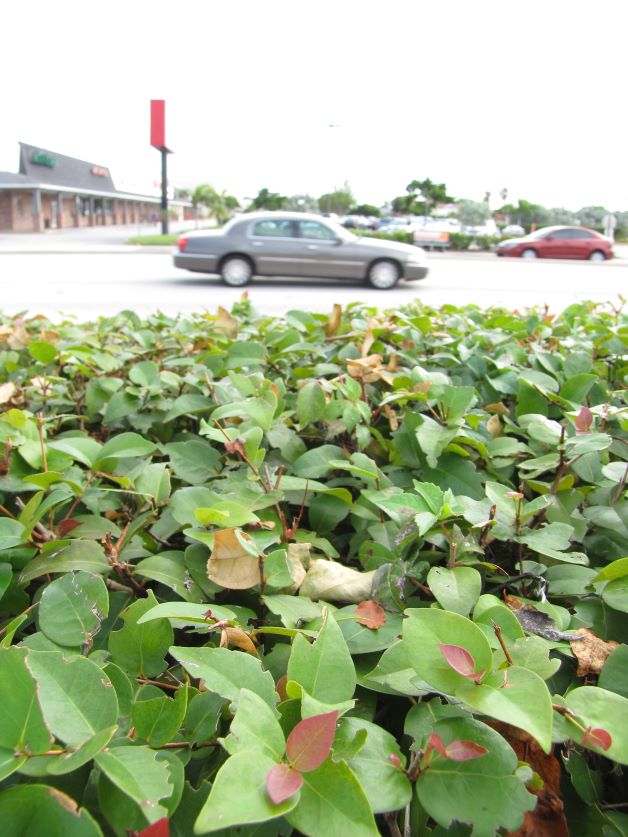
Pruning
How much you prune your cocoplum depends on which variety you’re growing on how you’re using it in your landscape.
It takes about a year, for a red-tipped cocoplum hedge to grow in, so you won’t need to prune as much at first. An established red-tipped cocoplum will need pruning 2 or 3 times a year to keep its shape. When you’re ready to prune, use hand pruners to trim off errant branches.
Horizontal cocoplum grown as groundcover will take a few years to get thick and lush, so less pruning is needed when the plant is young. Trim off any extra long branches that grow upright instead of horizontally to keep the plant sprawling. Regular trimming will also help encourage new growth. When used as a groundcover, horizontal cocoplum is usually kept at 2 feet tall or less.
You can also grow red tip cocoplum as a tree. Encourage your cocoplum to grow tall by trimming off lower branches but letting the top grow as high as it can. Red-tipped cocoplum grown as a tree can reach a height of 20 feet and have a trunk diameter of 7 inches.
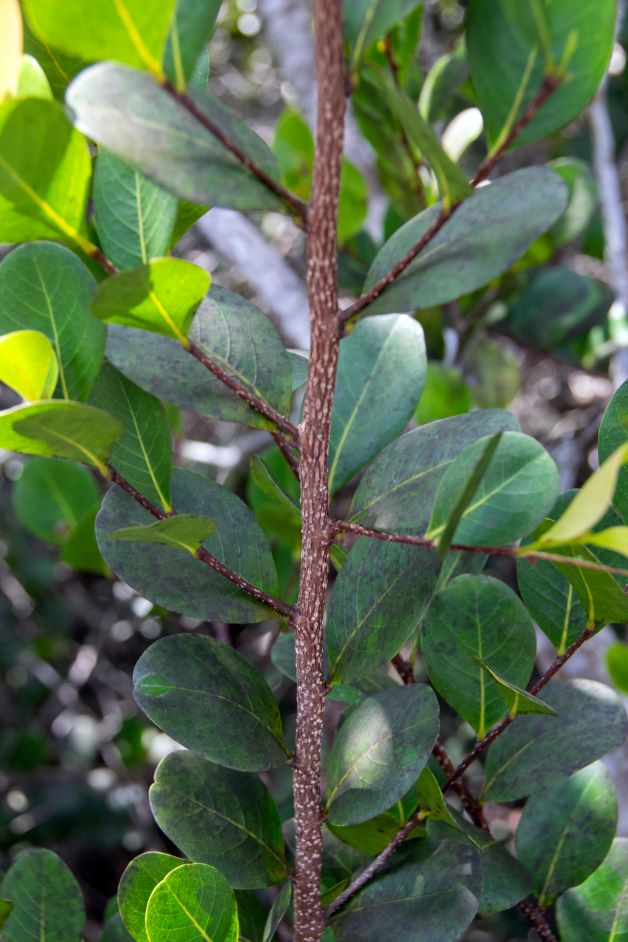
How to Propagate Cocoplum from Cuttings
To propagate cocoplum from a cutting:
- Fill several small containers with high-quality potting mix.
- Choose young stems that are 4 to 8 inches long and cut them off at a 45-degree angle where they meet with the main plant. The bark should have some green and there should be new growth at the end. You should also choose branches that aren’t flowering or fruiting.
- Remove the leaves from the bottom third of the branches.
- Dip the ends of your cuttings in organic rooting hormone or corn starch.
- Plant one branch per pot cut end down water it in.
- Keep the soil moist but not soggy and keep your pots in part shade.
- Your cocoplums should be rooted in 3 to 6 months. Once rooted, transplant your cocoplums into 1- gallon containers.
- After your cocoplum is rooted and transplanted into 1-gallon containers, start introducing them to more sunlight. This is called hardening off and needs to be done gradually, or else your plant will suffer sun damage.
Growing cocoplum from cuttings can be a tricky process with a low success rate. It’s a good idea to plant several cuttings at once because many will not survive.
How to Grow a Cocoplum from Seed
To grow a cocoplum from seed:
- Remove the skin and fruit from several seeds and plant them in small containers filled with high-quality potting mix. Only plant one seed per container.
- Keep your soil moist but not soggy and keep your containers in a sunny location.
- Once your seed has sprouted, move it into part shade and water regularly.
Growing cocoplum from seed takes a lot longer than growing from cuttings and has an even lower success rate. In the end, the easiest way to grow cocoplum is to buy an established plant from a nursery.
Can You Grow Cocoplum in a Container?
Yes! You can grow cocoplum in a container. In fact, growing cocoplum in containers is the only way gardeners in cold weather climates can grow it. Northern gardeners can keep their cocoplum outside during summer and bring it indoors when it gets cold.
Red-tipped cocoplum will get as big as the container you grow it in. Since this variety can get pretty massive, a 5-gallon pot works best. Keep your container-grown red tip cocoplum pruned into a small tree.
Horizontal cocoplum can also be grown in containers and can be quite beautiful spilling over the edges of a decorative pot. Keep your container grown horizontal cocoplum pruned short and flowing.
Where to Buy Cocoplum?
You can find cocoplums at Florida native nurseries or online. I bought my horizontal cocoplum from the Sanibel-Captiva Conservation Foundation Native Landscapes and Garden Center while on vacation.
Use the Florida Association of Native Nursery (FANN) database to find the closest native nursery to you.
What Other Fruit is Native to Florida?
Check out this list of Florida native fruit for some more ideas to add edibility to your landscape!
Featured Image Credit: Forest and Kim Starr

